Norman Perrott is perfectly comfortable with the fact that he has dedicated the majority of his working life to dairy farming.
He took over the running of this farm when he was in his early 20s in the late 1970s.
At the time, there were fewer than 30 cows with less than 68,000 litres of milk quota.
Luckily, he had increased the quota to 204,570 litres by 1984 when quotas came in.
Getting land or quota in this part of the country was a struggle during the quota era.
Additional land bought in 1989 allowed Norman to milk more cows and this year he will milk close to 80. He also rears his own heifers and bull calves are sold.
Norman has a 33ha grazing platform split by a road. The replacement calves were inside, when we called, given the demand for grass.
The system is kept simple and Norman doesn’t ask for high yields per cow – it’s more of a case of producing over 400,000 litres of milk as efficiently and cost effectively as possible.
Milk recording is one of the key tools Norman uses to monitor cell count.
He said: “Milk recording – definitely yes – seven times per year at least.”
When asked what he does with the results, he said: “It’s like this – if we get 70 to 80 SCC in bulk tank and two or three cows over 300 in recording then we try to identify the infected quarter and I start giving bottles to our driver to get samples tested.’’
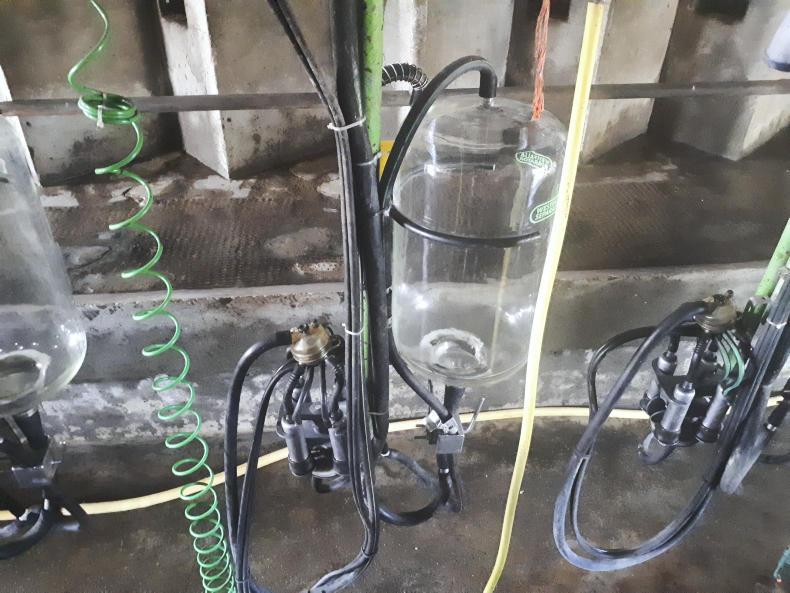
Judge David Gleeson remarked on the Perrott machine-washing procedure.
He said: “Norman is using one of the oldest formulas for washing but one of the most consistent – caustic detergent powder (BFS on this farm) mixed with cold water and/or chlorine used maybe once per week. Detergent solution is re-used once and then dumped.”
Read more
Farming families compete for Quality Milk Awards
Full coverage of the Quality Milk Awards 2017
Norman Perrott is perfectly comfortable with the fact that he has dedicated the majority of his working life to dairy farming.
He took over the running of this farm when he was in his early 20s in the late 1970s.
At the time, there were fewer than 30 cows with less than 68,000 litres of milk quota.
Luckily, he had increased the quota to 204,570 litres by 1984 when quotas came in.
Getting land or quota in this part of the country was a struggle during the quota era.
Additional land bought in 1989 allowed Norman to milk more cows and this year he will milk close to 80. He also rears his own heifers and bull calves are sold.
Norman has a 33ha grazing platform split by a road. The replacement calves were inside, when we called, given the demand for grass.
The system is kept simple and Norman doesn’t ask for high yields per cow – it’s more of a case of producing over 400,000 litres of milk as efficiently and cost effectively as possible.
Milk recording is one of the key tools Norman uses to monitor cell count.
He said: “Milk recording – definitely yes – seven times per year at least.”
When asked what he does with the results, he said: “It’s like this – if we get 70 to 80 SCC in bulk tank and two or three cows over 300 in recording then we try to identify the infected quarter and I start giving bottles to our driver to get samples tested.’’

Judge David Gleeson remarked on the Perrott machine-washing procedure.
He said: “Norman is using one of the oldest formulas for washing but one of the most consistent – caustic detergent powder (BFS on this farm) mixed with cold water and/or chlorine used maybe once per week. Detergent solution is re-used once and then dumped.”
Read more
Farming families compete for Quality Milk Awards
Full coverage of the Quality Milk Awards 2017






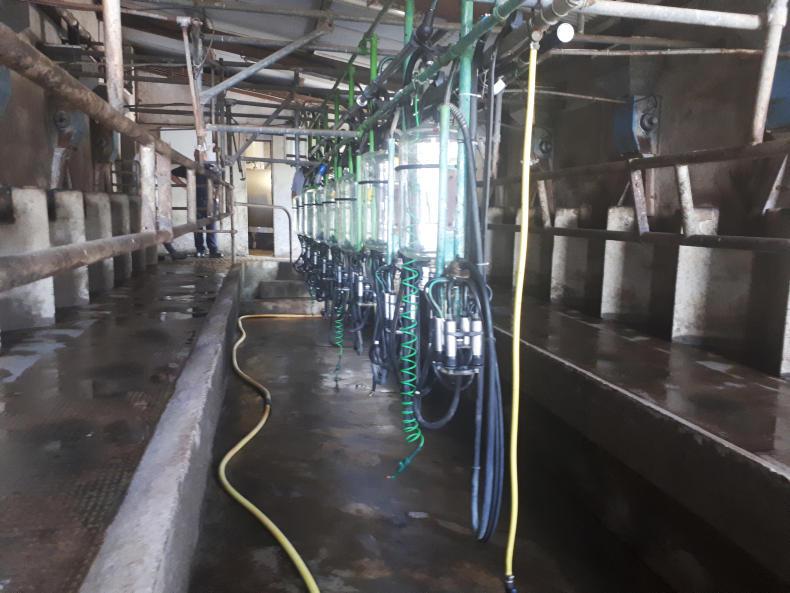
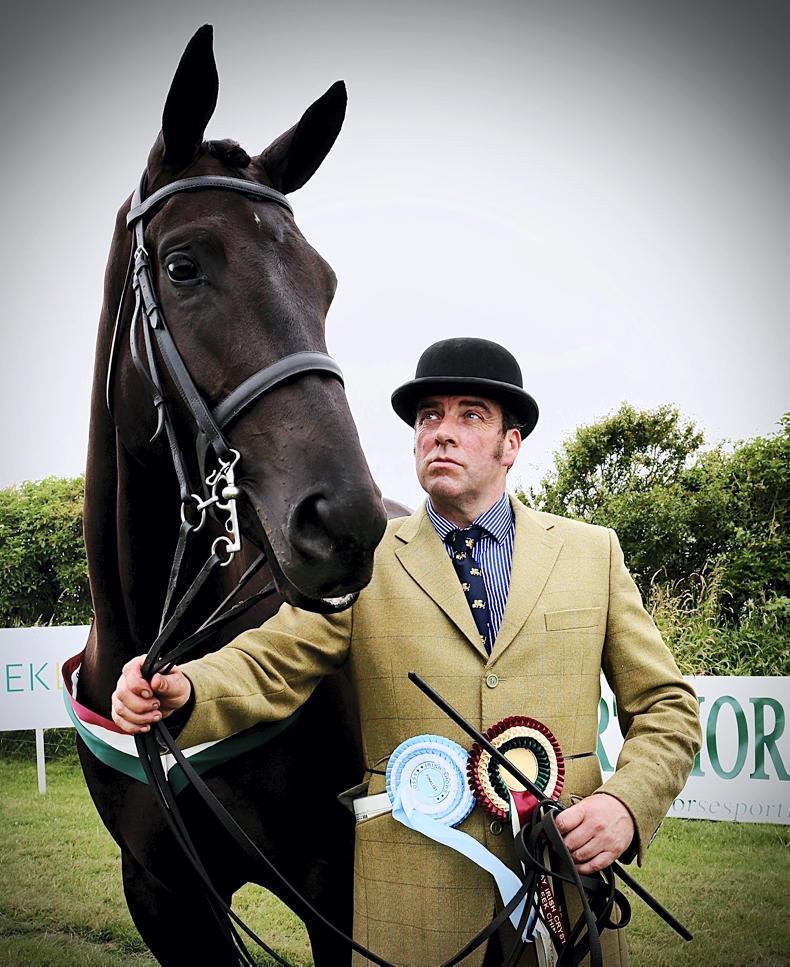

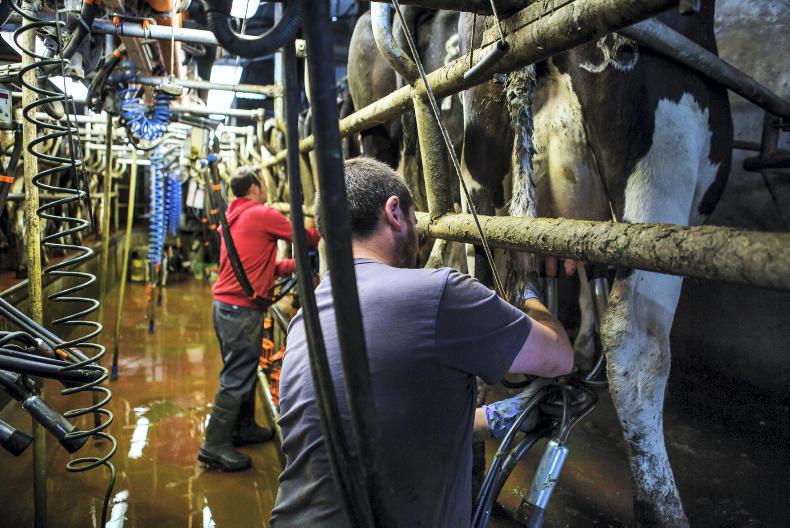
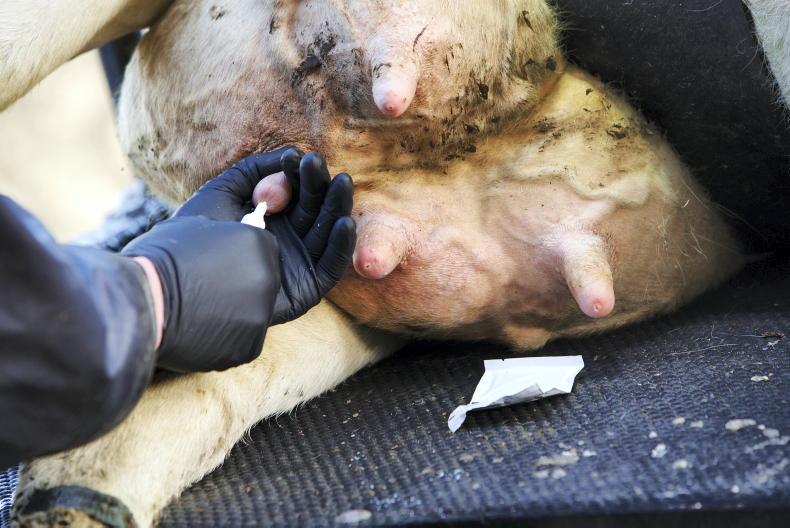
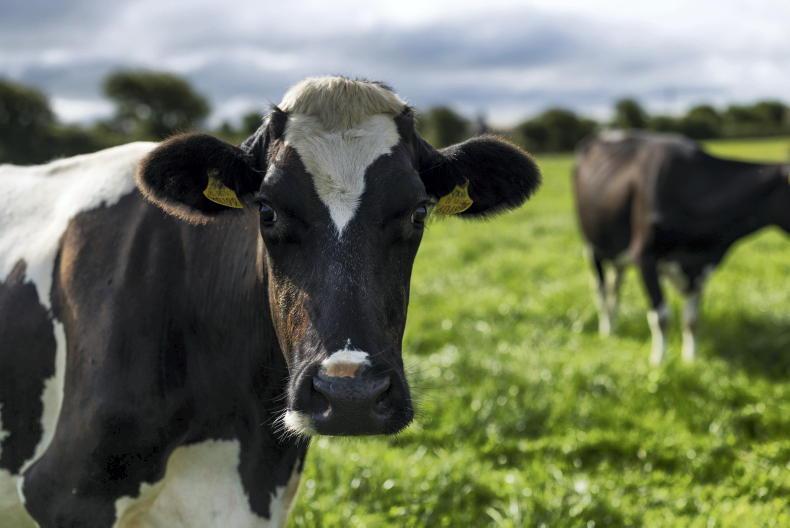
SHARING OPTIONS